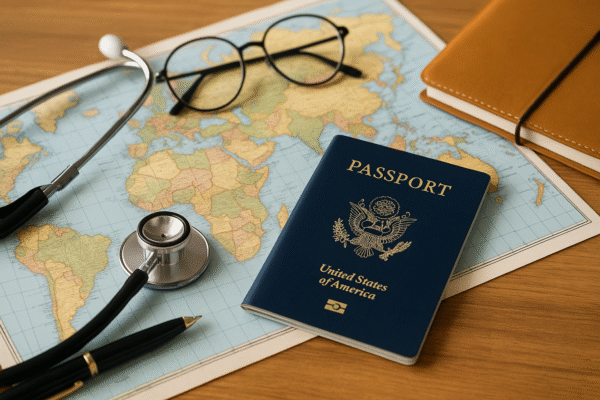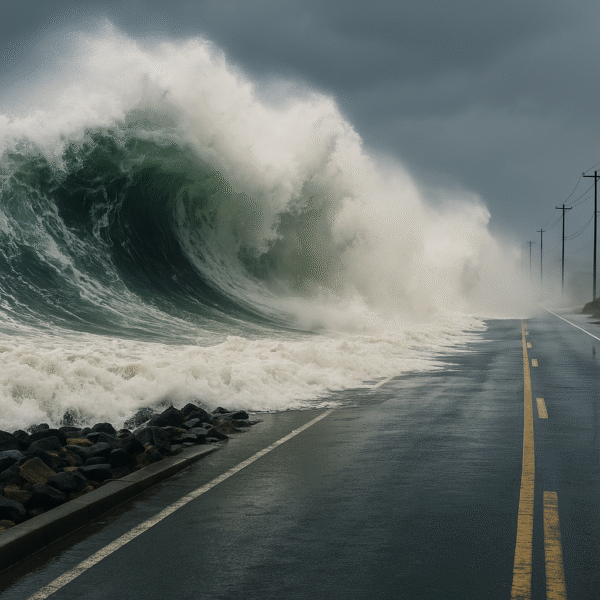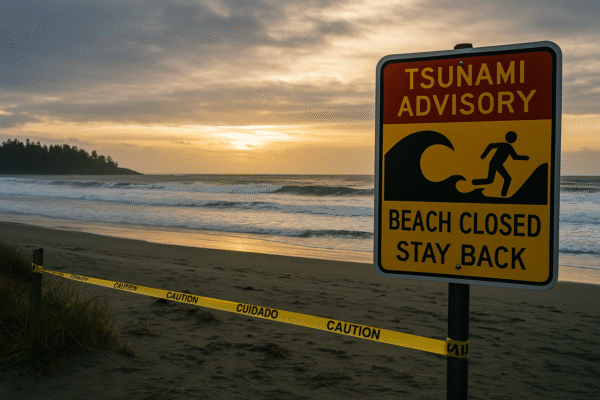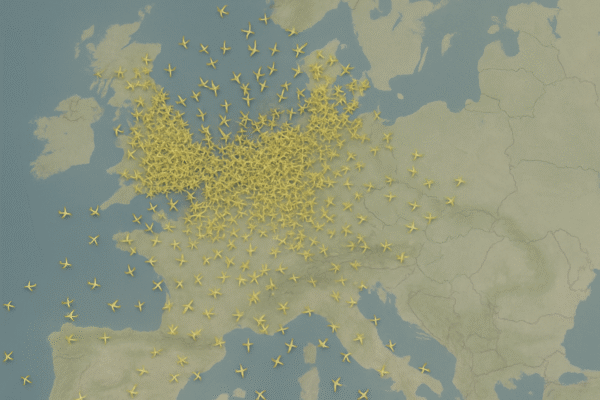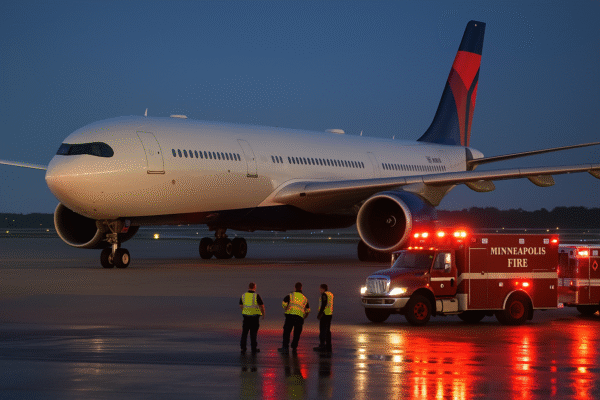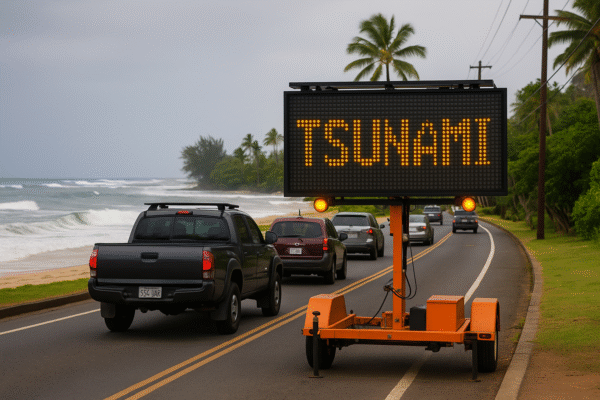A powerful undersea earthquake near Russia’s Kamchatka Peninsula has triggered widespread tsunami warnings across the Pacific, halting air travel, prompting mass evacuations, and setting emergency measures in motion across Hawaii and Northern California.
The magnitude 8.2 earthquake, confirmed by the U.S. Geological Survey (USGS), struck off the eastern coast of Russia, sending shockwaves through global travel networks. The Pacific Tsunami Warning Center (PTWC) and National Tsunami Warning Center (NTWC) immediately issued alerts affecting hundreds of miles of coastline in the United States, particularly in the Hawaiian Islands and California’s northern Pacific coast.
Hawaii Travel Severely Disrupted by Tsunami Threat
In Hawaii, the PTWC forecast tsunami waves reaching up to 10 feet along the state’s northern shores, including Hilo, Kahului, and parts of Honolulu. Hawaiian Airlines promptly canceled all operations to and from Hilo International Airport (ITO), while flights into Kona and Kahului faced significant delays. Daniel K. Inouye International Airport (HNL) remained operational with heightened alert status and limited runway usage.
The Hawaii Department of Transportation (HDOT) and Hawaii Emergency Management Agency (HI-EMA) activated coastal evacuation plans in vulnerable communities like Hanalei, Keaukaha, and Haleiwa. National Guard personnel were deployed with helicopters stationed on standby for potential airlifts. Governor Josh Green urged residents and tourists to avoid coastal areas and elevated tsunami-prone highways, citing the possibility of multiple surges.
Hawaiian Airlines waived rebooking fees for affected passengers and offered flexible travel options over the next 72 hours, encouraging passengers to monitor updates through the airline’s website or official mobile app.
California Coast on Alert: Evacuations and Coastal Closures
On the mainland, the NTWC issued tsunami warnings for Northern California’s Pacific coast, particularly targeting low-lying zones near Crescent City, Eureka, and Cape Mendocino—regions historically impacted by past tsunamis, including the devastating 1964 event.
The California Governor’s Office of Emergency Services (Cal OES) coordinated rapid evacuation protocols, instructing residents to move inland and uphill. Sirens, reverse-911 alerts, and community-based response teams activated throughout Humboldt and Del Norte counties. Coastal state parks were closed, and lifeguards, law enforcement, and fire agencies were mobilized across counties including Marin, San Mateo, and Santa Cruz.
San Francisco International Airport (SFO) and Oakland International Airport (OAK) maintained limited operations with potential disruptions anticipated if water surges impacted ground transport or fueling infrastructure. Airlines operating on transpacific routes began delaying and rerouting flights as a precautionary measure.
Broader Pacific Region Monitoring: Japan, Chile, and Peru Respond
Japan’s Meteorological Agency issued tsunami advisories for several coastal prefectures, including Fukushima, where non-essential staff at the Daiichi nuclear facility were evacuated. Chile and Peru’s navy activated tsunami readiness protocols, with civilian authorities ordering beach closures and restricting vessel activity.
Canada’s British Columbia and the U.S. state of Alaska issued tsunami advisories, and coastal residents were urged to remain vigilant for further instructions. Emergency officials from multiple nations are working in coordination via the Pacific Tsunami Warning System (PTWS), which spans 46 countries and territories in the Pacific Rim.
NOAA and Experts Warn of Ongoing Risk
The National Oceanic and Atmospheric Administration (NOAA) reiterated that tsunami events often occur in multiple waves over several hours, with initial calmness not necessarily signaling the end of danger. Communities are advised to remain evacuated until official all-clear signals are issued.
Dr. James F. Lander, a tsunami expert with the NOAA Tsunami Research Center, stated, “The risk remains dynamic. Although not all regions will experience destructive surges, unpredictability and undersea topography make it vital for people to take official warnings seriously.”
Travel Advisory: What Tourists Need to Know
Travelers with plans to visit Hawaii or coastal California are advised to:
- Check flight status regularly on airline websites or apps.
- Avoid coastal zones, beaches, and harbors until local advisories are lifted.
- Follow evacuation instructions from authorities.
- Monitor official sources, including PTWC, NTWC, and Cal OES updates.
The Federal Aviation Administration (FAA) is also reviewing airspace restrictions over impacted regions to ensure emergency air support can reach coastal areas without obstruction.
Global Travel Community on Alert
Travel operators and tourism boards across the Pacific are collaborating to provide assistance and up-to-date information to travelers. The World Travel & Tourism Council (WTTC) issued a statement urging travelers to comply with all government guidance and offering hotline resources for those stranded due to cancellations or evacuations.
Cruise lines operating in the Pacific have also rerouted ships away from potentially affected ports in Hawaii and California, including Hilo, Lahaina, and San Diego. The Cruise Lines International Association (CLIA) confirmed that no passengers or ships were in immediate danger at the time of rerouting.
Conclusion: Public Safety and Flexibility Are Paramount
This tsunami warning has spotlighted the vulnerability of Pacific coastlines to seismic activity and the critical role of early warning systems. Authorities across Hawaii and California are acting with urgency to protect residents, tourists, and infrastructure.
As monitoring continues and the threat potentially wanes in some areas, the key message from emergency agencies remains clear: Do not return to the coast until official clearance is given.
Travelers are encouraged to stay flexible, prioritize safety, and use official resources for reliable updates. With ongoing international cooperation and community resilience, the Pacific region is preparing to weather the aftermath of this powerful natural event.
For more travel news like this, keep reading Global Travel Wire


